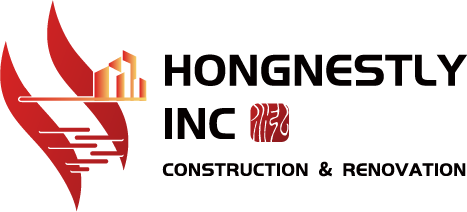In the realm of construction, fostering a culture of effective communication and seamless information flow is paramount to the success of any project. As a distinguished construction contractor based in California, we understand the significance of clear and open communication in ensuring a project’s timely completion and overall quality. This blog post will delve into the strategies and practices that help maintain high contact and information sharing within the construction ecosystem.
Establish a Robust Communication Plan:
Develop a comprehensive communication plan at the project’s onset, outlining roles, responsibilities, and communication channels. This plan should define how information will be shared, documented, and disseminated among team members, stakeholders, and subcontractors.
Utilize Digital Collaboration Tools:
Incorporate modern project management and collaboration tools that streamline communication and centralize project-related information. These platforms enable real-time sharing of data, documents, progress updates, and decisions, promoting efficiency and transparency.
Conduct Regular Project Meetings:
Regular project meetings, whether in person or virtual, serve as a vital forum for discussing project progress, challenges, and solutions. These meetings allow stakeholders to share updates, align goals, address concerns, and ensure everyone is informed about the project’s status.
Emphasize Active Listening:
Encourage active listening among team members. Ensure that each person has the opportunity to express their thoughts and concerns, fostering an atmosphere of collaboration and understanding. Actively listening to feedback and suggestions promotes a sense of inclusivity and openness within the project team.
Foster a Collaborative Environment:
Cultivate a collaborative work culture where individuals feel comfortable sharing ideas, asking questions, and seeking clarifications. Encourage open dialogue and discourage blame or finger-pointing, emphasizing problem-solving and constructive discussions.
Prioritize Transparency:
Maintaining transparency in all communications, especially concerning project progress, timelines, and potential issues. Honest and transparent communication helps manage expectations and build trust among all parties involved in the project.
Define Communication Protocols:
Establish clear protocols for communication, specifying the appropriate channels for different types of information. Whether it’s urgent updates, routine progress reports, or change requests, having predefined communication protocols ensures consistency and efficiency.
Address Issues Promptly:
Promptly address any communication breakdowns, conflicts, or misunderstandings. Encourage team members to report communication challenges and take necessary steps to resolve these issues swiftly to avoid any project progress disruptions.
Encourage Two-Way Communication:
Promote an environment where communication is a two-way street. Ensure team members feel comfortable providing feedback, suggestions, or voicing concerns. Valuing their input creates a sense of ownership and fosters a culture of continuous improvement.
Learn from Previous Projects:
Reflect on past projects and communication experiences to identify successful strategies and areas for improvement. Implement lessons learned to enhance communication practices in current and future projects.
In conclusion, effective communication and seamless information flow are the lifeblood of a successful construction project. By investing in robust communication strategies, leveraging modern collaboration tools, promoting transparency, and nurturing a collaborative work environment, we, as reputable construction contractors, can ensure that projects are completed efficiently, on time, and to the utmost satisfaction of our clients and stakeholders.

